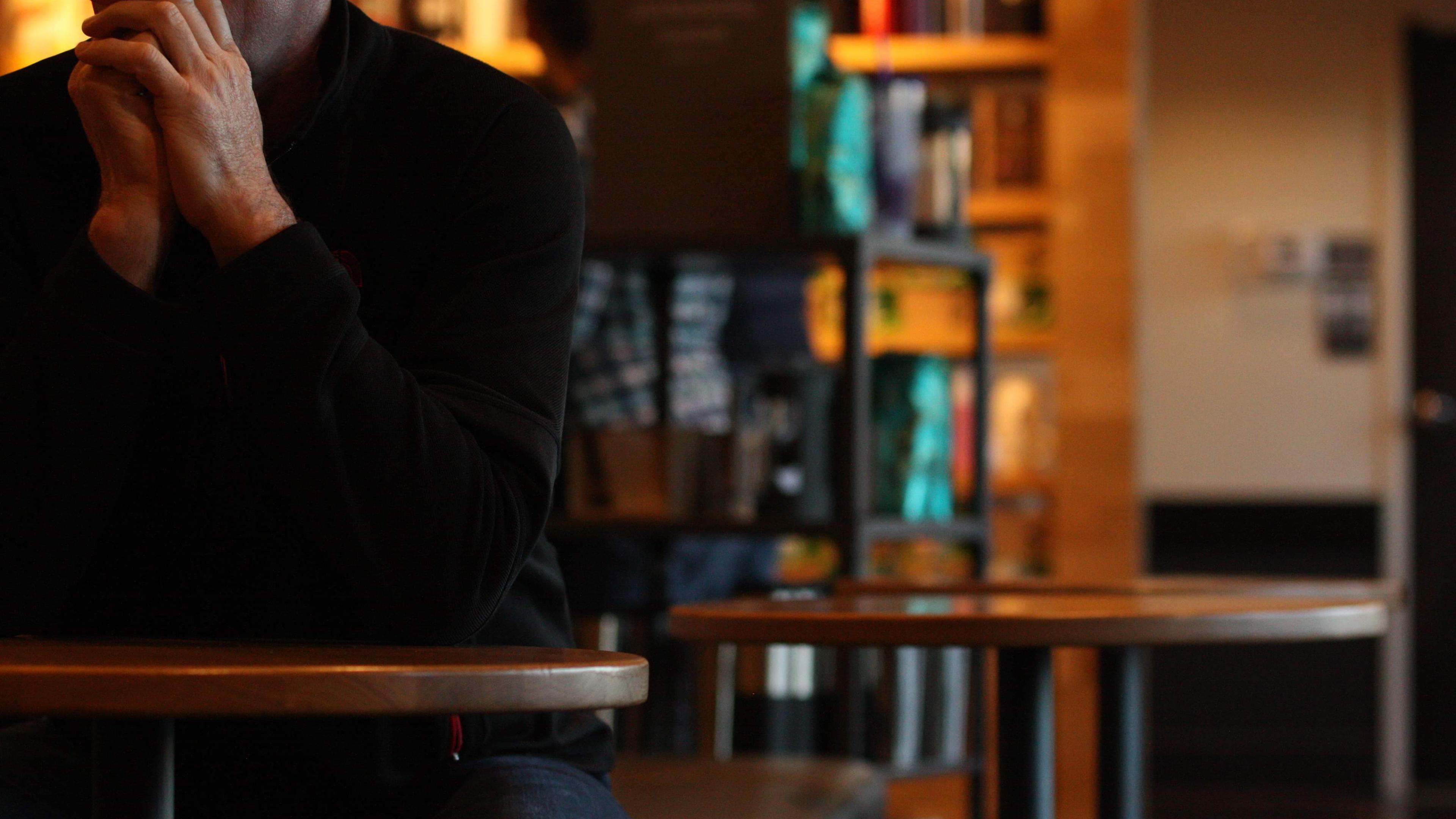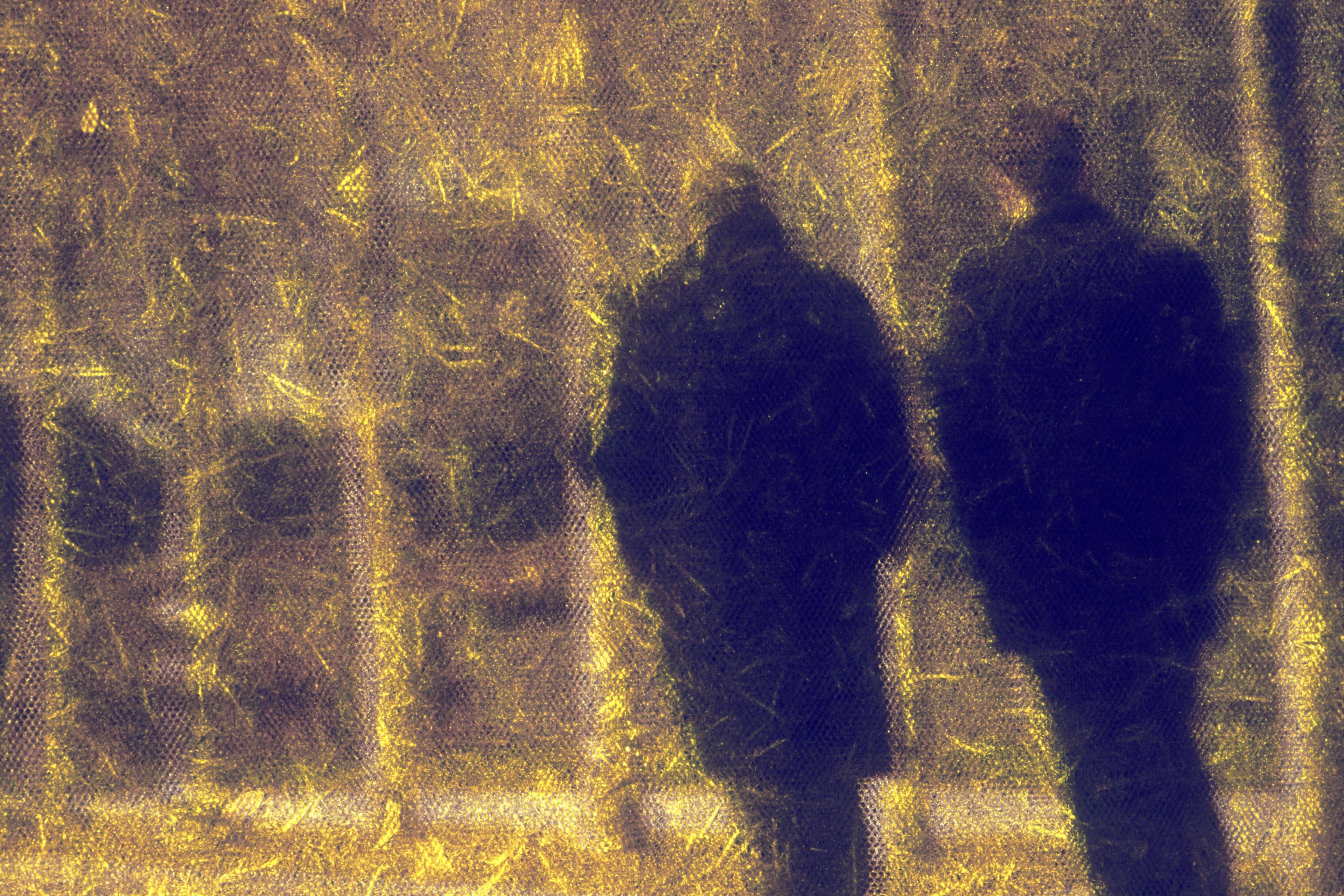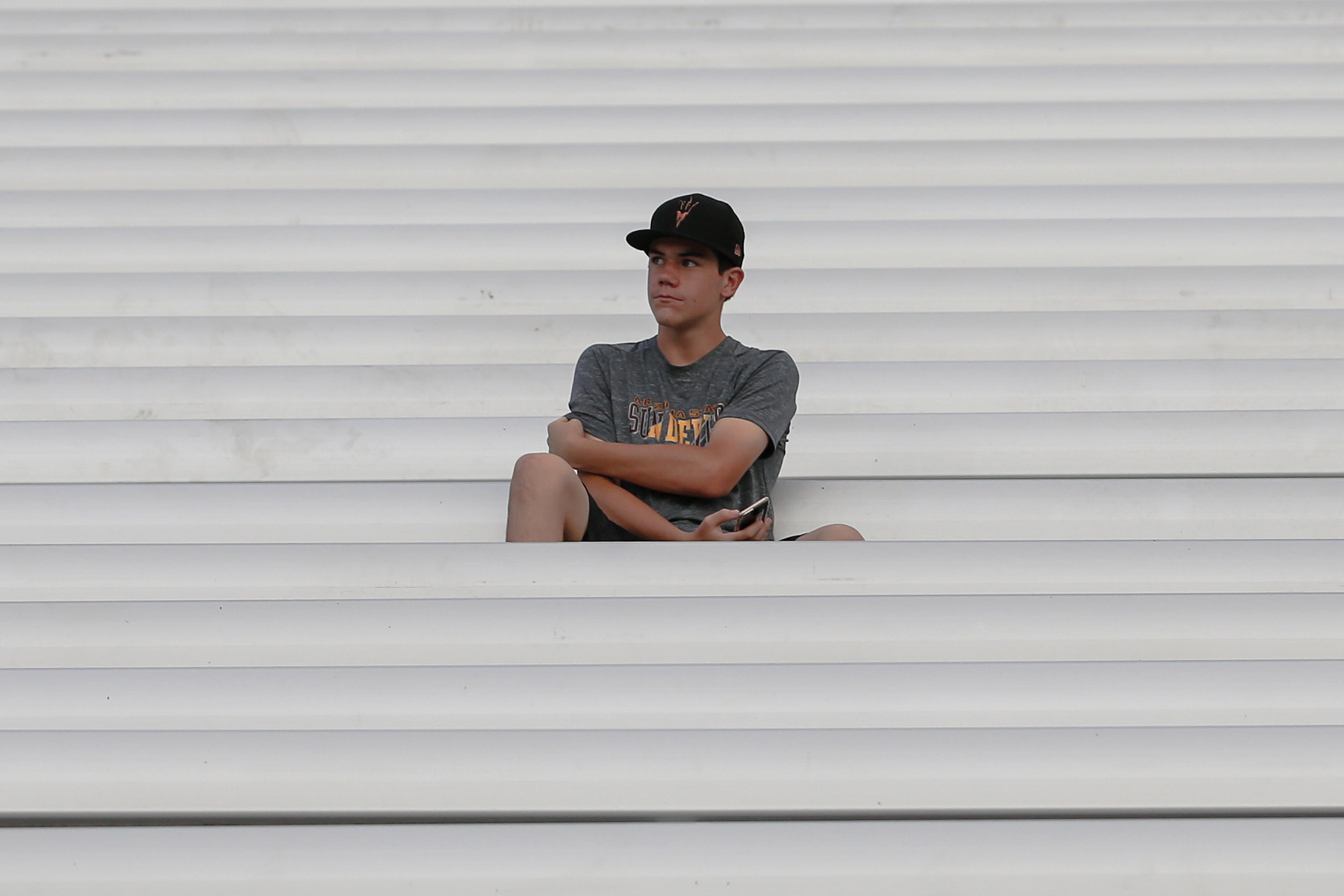Have you ever felt invisible, ignored or left out? Maybe your friends made plans without you, a date never called you back, or your co-workers excluded you from after-work drinks. The sting you likely felt in these situations is a key part of the experience of ostracism. It can lead to a variety of reactions, sometimes very intense ones. But why does being ostracised feel as bad as it does – and what determines how you, or anyone else, responds to that feeling?
Decades of psychological research affirms that ostracism can be immensely painful. According to a model proposed by the psychologist Kipling Williams, ostracism threatens core psychological needs, especially a person’s needs to feel like they belong; to feel valued by others; to feel like they’re in control over what happens to them; and to feel like they’re leading a meaningful life. When these needs are threatened over and over again, ostracism can become more than a simple slight. Research suggests it can contribute to depression, anxiety and alienation.
People cope with ostracism in different and sometimes even contradictory ways. For some, the pain of being left out sparks a desire to connect with others. They might be more likely to offer to help someone else, become hyper-aware of social cues, or simply seek out social interactions. For example, someone who is ignored by coworkers during a workplace meeting might respond by subsequently offering to assist one of their colleagues on a task, or by being especially friendly during the next coffee break. These prosocial or reconnection behaviours likely serve to ease the hurt of ostracism by restoring a sense of belonging.
But not everyone responds to ostracism this way. In other cases, being ignored or excluded prompts people to withdraw from others. This could look like shutting down conversations, favouring time alone or even completely isolating oneself. For example, instead of seeking connection, someone who has been ostracised at work might choose to spend their coffee break alone or go home early. The underlying motivation here could be to guard oneself against further negative interactions.
Still others respond to ostracism with anger or even aggression toward the person or group that excluded them – what psychologists refer to as antisocial behaviour. The individual who feels left out during a work meeting could react by interrupting others, sarcastically dismissing their ideas or spreading a rumour afterward to damage a colleague’s reputation. For a much graver example, past research found that students involved in school shootings had often been ostracised by their peers before committing violence. The underlying motivation to act antisocially after ostracism could be to regain a sense of control after feeling like a passive victim.
How ostracised people choose between these very different paths – reaching out, backing out or lashing out – is one of the key things I and other researchers recently set out to investigate. We gave a few hundred people in the US and the UK, aged 18 to 76, a smartphone app to keep a record of their own ostracism experiences over a period of several days. In two studies, we asked them to report instances when they felt ostracised in their daily lives and to note how they responded – both in terms of what they wanted to do right after they felt ostracised (their immediate intention) and what they actually had done, one hour later (their coping behaviour).
We found that, on average, people reported being ostracised two to three times a week. The experiences varied widely, from small instances such as a bus driver ignoring a waiting passenger and driving right by them, to serious and long-term exclusions by close friends or family. Some of the ostracism experiences happened in obvious ways, like when someone reported that they felt purposely left out of a conversation, while others happened in subtler ways, like being overlooked by a store clerk when seeking help. Ostracism also, of course, happened through digital means: many participants reported feeling left out when their text messages went unanswered, when their social media posts were ignored, or when they found out via social media that their friends had met up without them. So, it seems that ostracism comes in many forms and that it is a fairly regular part of people’s daily lives.
When the social pain after ostracism isn’t overwhelming, people try to soothe it by drawing closer to others
What, then, happened after people felt ostracised? We saw that it wasn’t just the fact of being ignored or excluded that drove a person’s response. The intensity of the emotional threat of ostracism seemed to play a decisive role. At the core of our findings is the aforementioned idea of ‘need threat’ – how much ostracism threatens someone’s needs for belonging, self-esteem, control and meaning, which we assessed repeatedly. (To gauge belonging, for example, we asked participants to rate how connected they had felt in the past hour.)
When an ostracism experience was comparatively less threatening to these needs, people tended to react by being prosocial and trying to connect with others. For our participants, this included being more likely to help others, using social media to connect with people online, and being more open to interactions. In other words, when the social pain after ostracism isn’t overwhelming, people often try to soothe it by drawing closer to others. But when ostracism threatened these core needs more severely, the coping response changed. People were then more likely to avoid others or to withdraw entirely. They were also more likely to express anger and even intentions to hurt others – though in our studies they didn’t report acting on these intentions. These responses make some sense when you consider the emotional impact: feeling deeply hurt by ostracism can make connecting with others seem risky. One might worry that reaching out will lead only to further rejection or judgment, reinforcing the initial pain.
These findings help us understand why the same type of experience can prompt one person to reach out to friends, coworkers or others in the aftermath, but lead another person to pull away. What’s also important to note is that, while withdrawal or antisocial behaviour might seem like forms of self-protection, these reactions can ironically increase the likelihood of being excluded again. When someone withdraws frequently, previous research suggests, others assume that person prefers solitude. As a consequence, they might find the person less approachable, or even boring, which can lower the person’s chances of being invited to socialise in the future. Similarly, antisocial reactions to ostracism can make future ostracism more likely because people tend to avoid someone who seems aggressive or disruptive – and exclusion functions, in part, as a form of punishment for deviating from social norms.
While we can all try to be more inclusive and mindful of people’s needs, there’s no complete ‘cure’ for ostracism. Groups naturally have size limits, and people will unintentionally overlook others, so there will always be instances of ostracism in our daily lives. That is why it’s important to adapt where we can: in the ways we cope with ostracism. As a short-term solution, retreating for a while to cool off one’s emotions might be adaptive and even make it easier to re-engage with others later, with a clearer mind. But, in the long run, whether someone tends to reach out to others, withdraw socially or act out after ostracism could influence whether they are included in the future or left on the sidelines once again.
The next time you feel left out yourself, or notice someone else on the sidelines, remember that our responses to exclusion are complex, but understandable and deeply human. By recognising the patterns, we can be more conscious of our own reactions and, perhaps, more compassionate toward others who might feel invisible.








